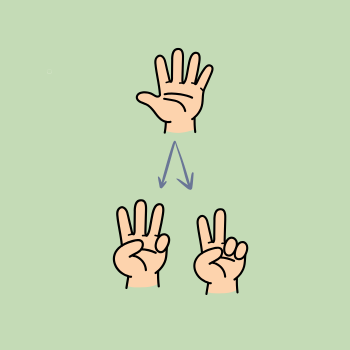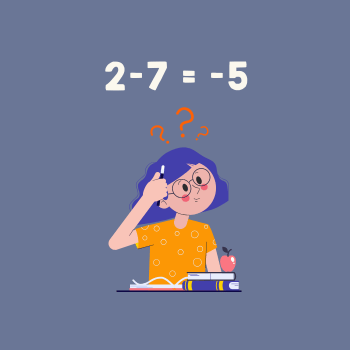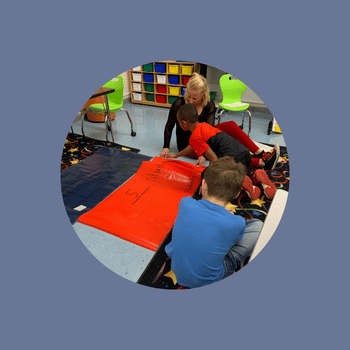
Explore how early math routines help students understand that numbers are composed of other numbers: a foundational idea that supports place value, fractions, and meaningful problem solving.
August 6, 2025

We tell students that adding makes numbers bigger and subtracting makes them smaller, but even in kindergarten, we see examples that don’t fit.
July 23, 2025

“Equal” doesn’t just mean “the same.” Let’s unpack what equal really means in early math, and how to help students make sense of it using concrete experiences, representational models, and clear language.
June 25, 2025

Most kids don’t struggle with math because they can’t do the calculations—it’s because they don’t fully understand how numbers work together. SoE changes that by helping students see the bigger picture: how numbers break apart, how equality actually works, and why units matter.
April 16, 2025

Ever notice students try to sneak counting on their fingers? Many kids have been told not to. Here’s why they actually should.\
March 26, 2025

Place value is about more than the position of digits; it’s the foundation of our number system. This blog explores how we can help students think flexibly about numbers.